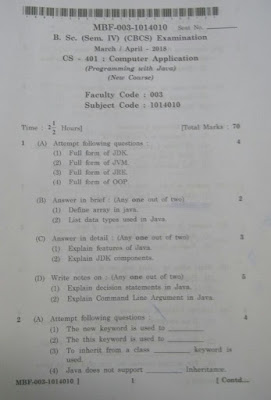Java Layout Managers The GUI is made up of a number of components; the Layout Managers affect the content pane. Layout Managers are provided to arrange GUI components on a container for presentation purposes. This allows the programmer to concentrate on the basic "look and feel" and lets the layout managers process most of the layout details. There are many layout managers. Basic Layout Managers FlowLayout Default for java.applet.Applet , java.awt.Panel and java.swing.JPanel . Places components sequentially (left to right) in the order they were added. You can specify the order. BorderLayout Default for the content panes of JFrame and JApplets . Arranges the components into five areas: North, South East, West and Center GridLayout Arranges the components into rows and columns Advanced Layout Managers BoxLayout Allows components to be arranged left-to...
